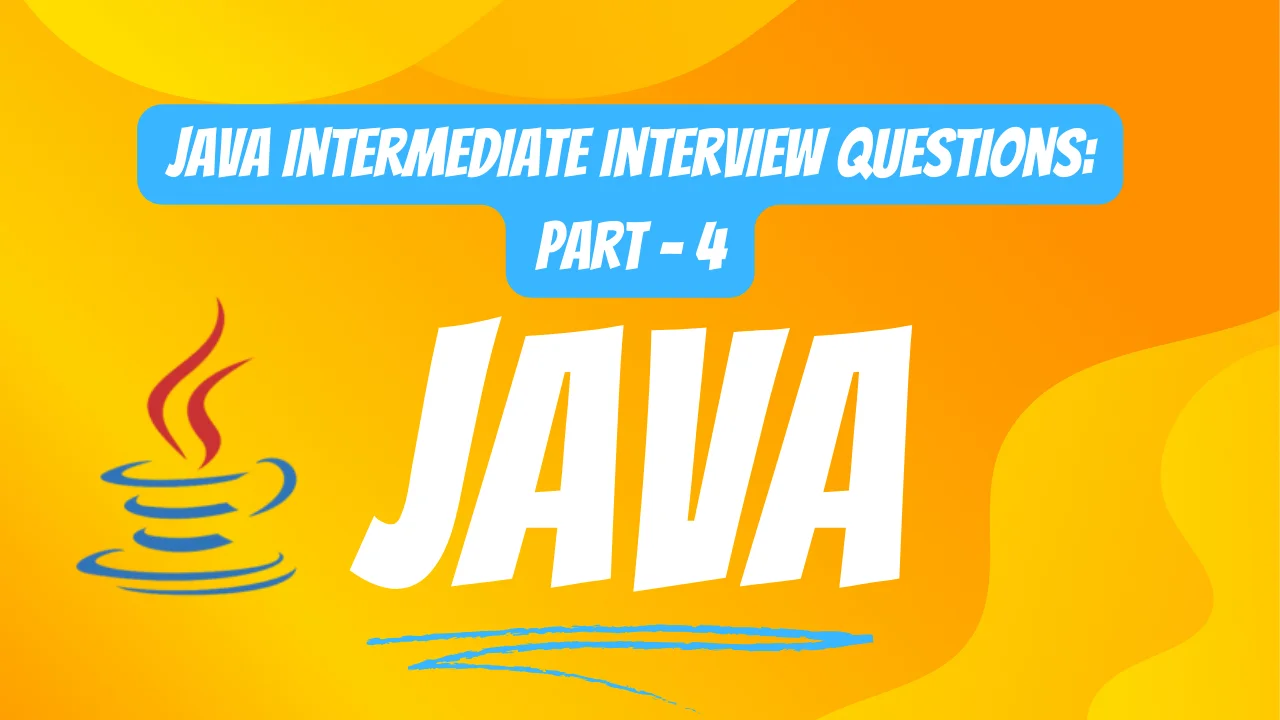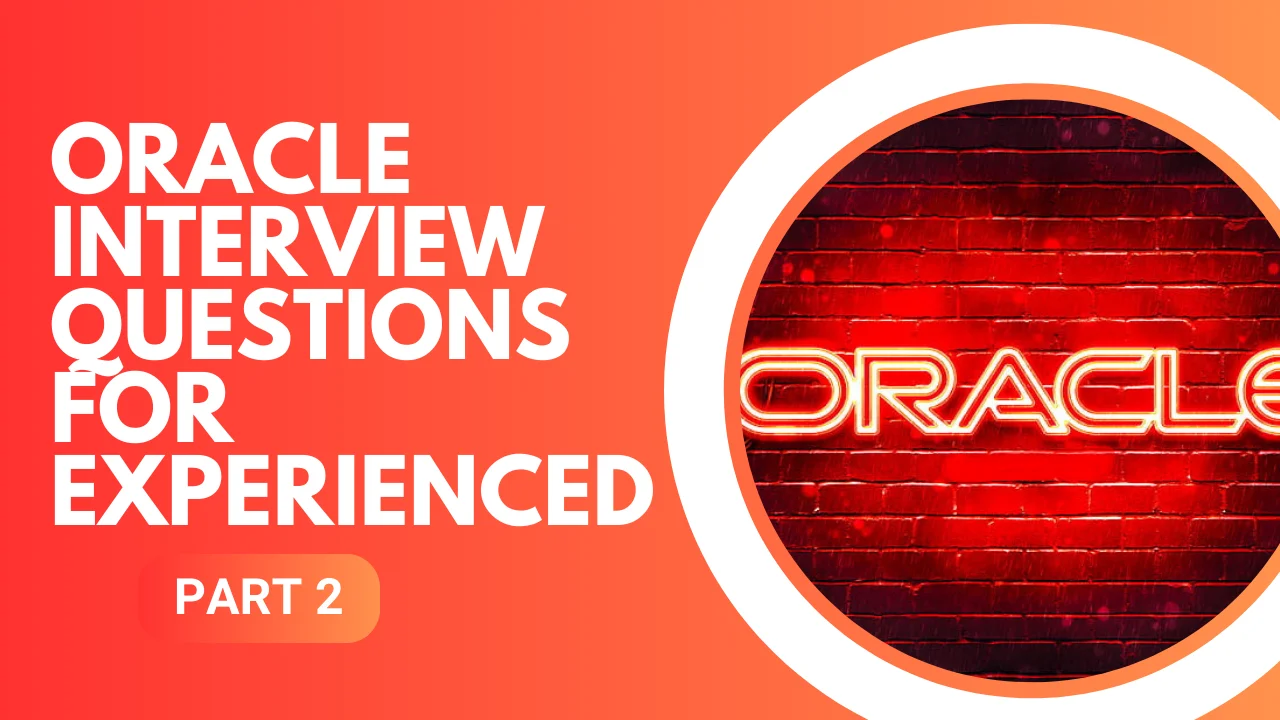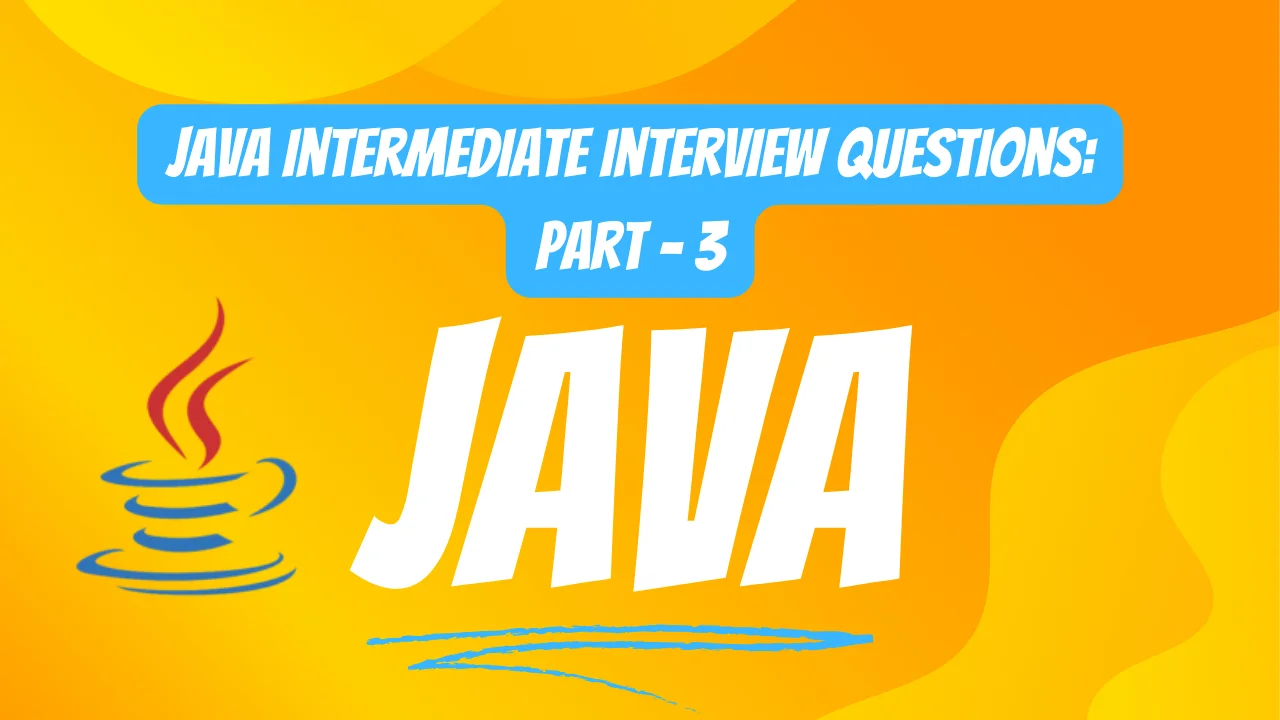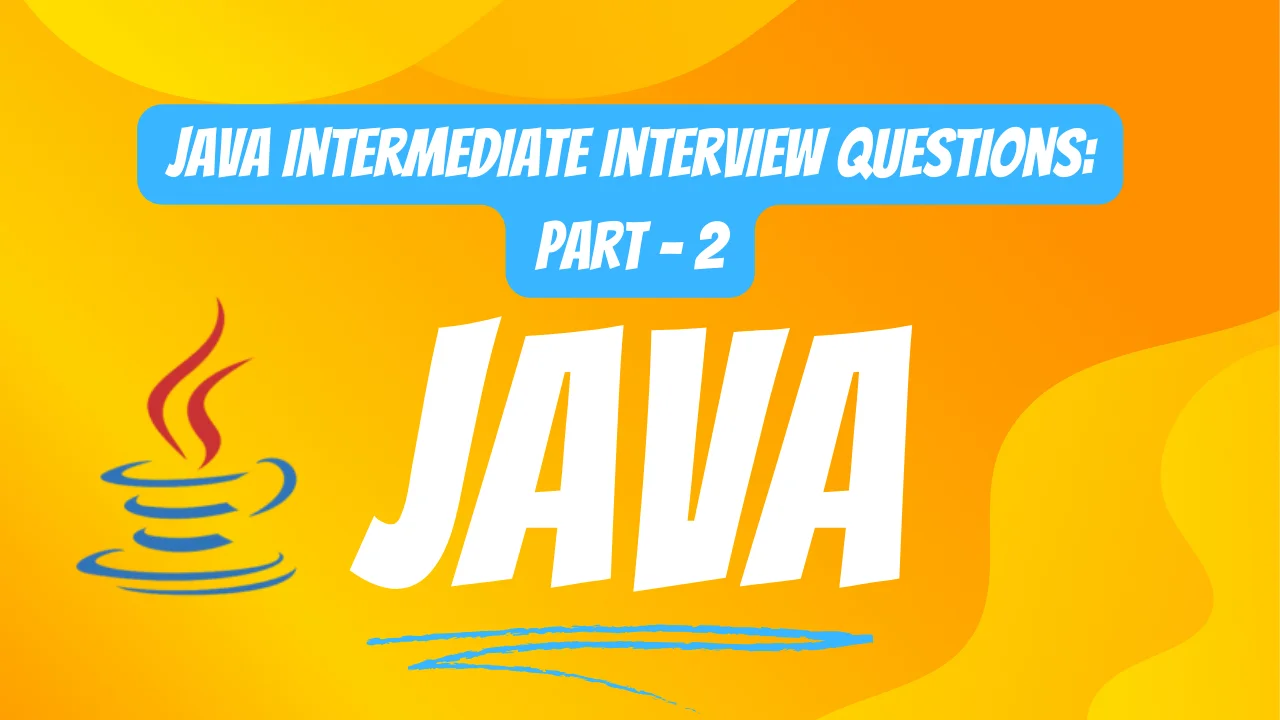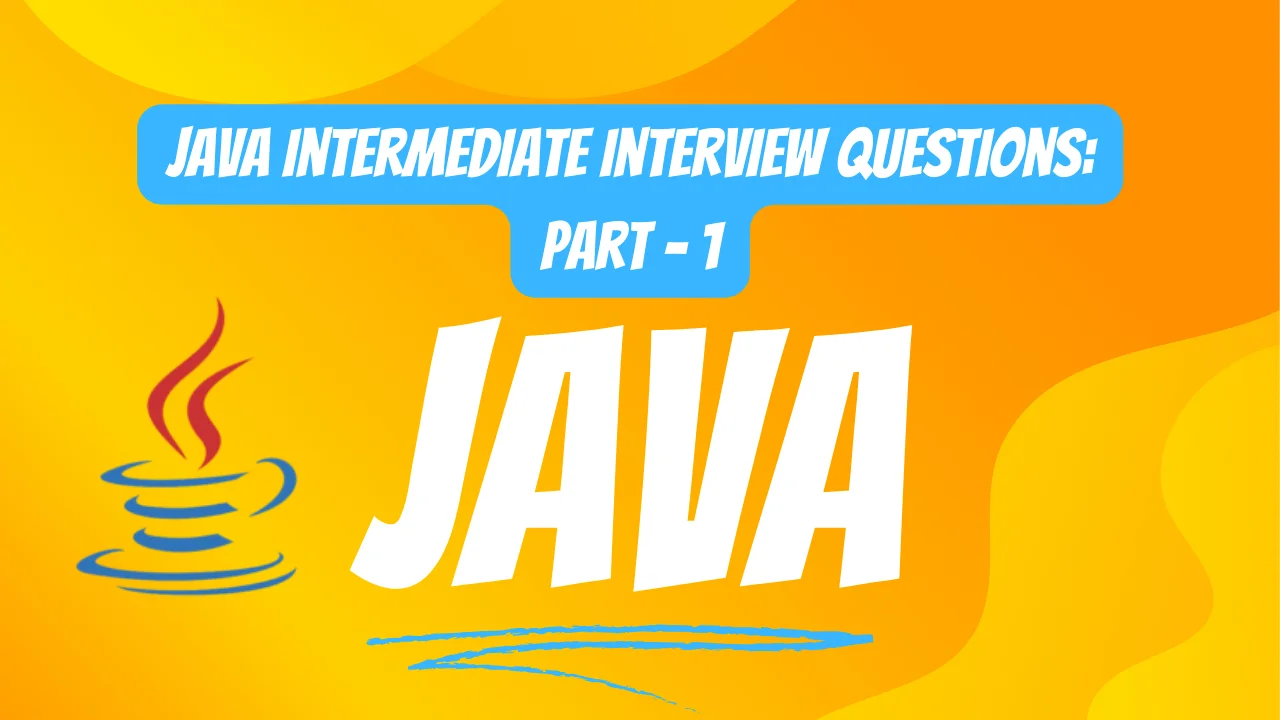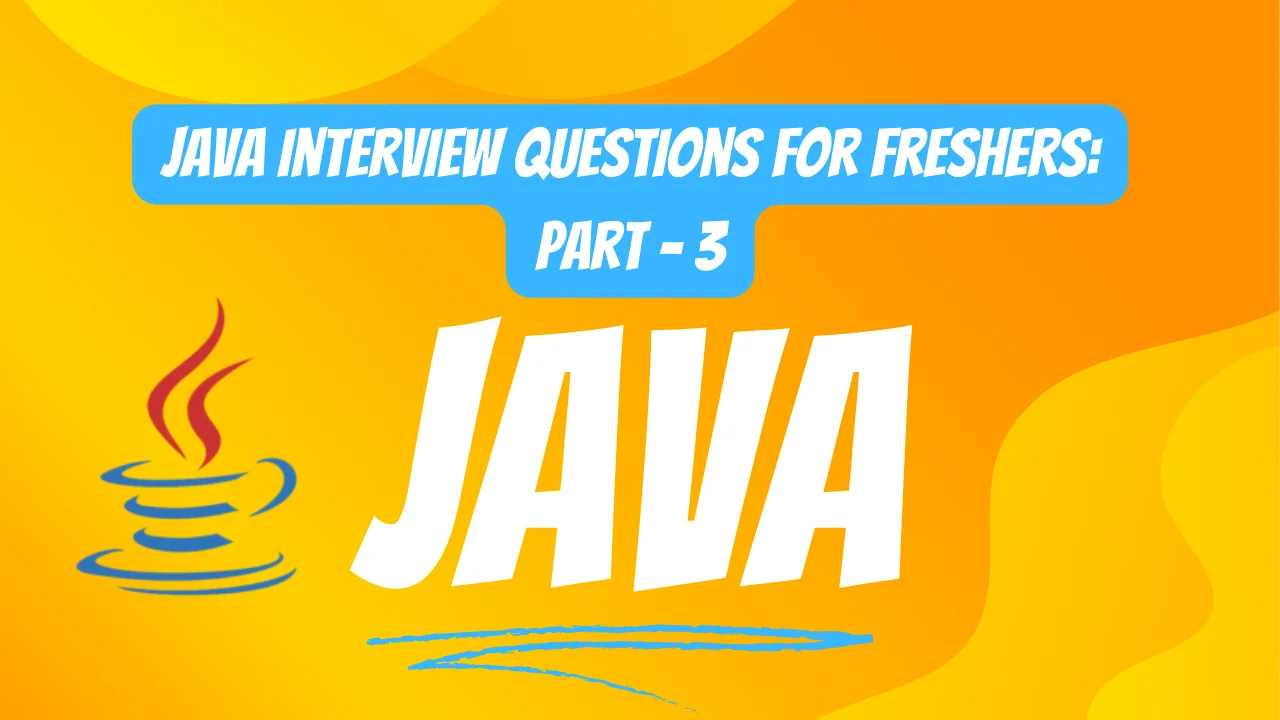Power bi Intermediate Interview Questions
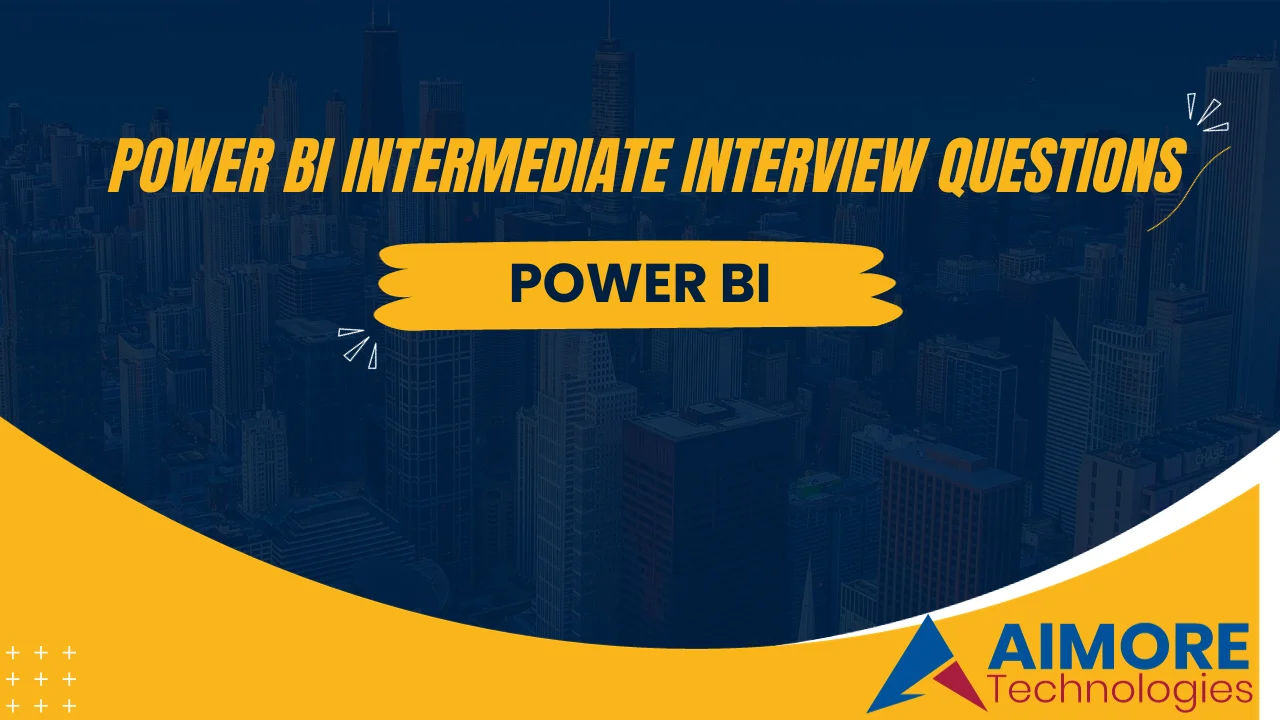
1. What is a dashboard?
A dashboard is a visual display of key metrics and data points consolidated into a single interface, allowing users to monitor and analyze information efficiently.
2. What are the building blocks of Power BI?
Power BI comprises three main components: Power Query for data preparation, Power Pivot for data modelling, and Power View/Power BI Desktop for data visualization.
3. What are content packs in Power BI?
Content packs in Power BI are pre-built collections of dashboards, reports, and datasets tailored for specific applications or services, facilitating quick integration and analysis of relevant data.
4. What are the various Power BI versions?
Power BI offers various versions, including Power BI Desktop (free), Power BI Pro, and Power BI Premium, each catering to different user needs and functionalities.
5. What is DAX?
DAX (Data Analysis Expressions) is a formula language used in Power BI to create custom calculations and expressions within data models, enabling complex analysis and calculations.
6. What are the purpose and benefits of using the DAX function?
DAX functions serve the purpose of creating calculated columns, measures, and calculated tables in Power BI. They provide flexibility in performing intricate calculations, aiding in data analysis and visualization.
7. What is Power Pivot?
Power Pivot is an Excel add-in that enables powerful data modelling and analysis by allowing users to create relationships, manage data models, and perform complex calculations.
8. What is Power Query?
Power Query is a data connection technology that helps in discovering, connecting, and transforming various data sources into a usable format for analysis in Power BI.
9. Difference between Power BI and Tableau?
Power BI and Tableau are both powerful BI tools, but they differ in areas like pricing, ease of use, and integration capabilities. Power BI integrates seamlessly with other Microsoft products, while Tableau is known for its intuitive visualizations and flexibility.
10. What is GetData in Power BI?
GetData in Power BI refers to the process of connecting to and importing data from various sources like databases, files, online services, etc., to create datasets for analysis and visualization.
11. What are filters in Power BI?
Filters in Power BI allow users to narrow down data based on specific criteria, helping in focusing on relevant information for analysis and visualization. These filters can be applied to visuals or entire reports.
In conclusion,
mastering intermediate-level Power BI concepts is pivotal for excelling in interviews. These insightful questions have provided a deeper understanding of data manipulation, visualization, and advanced functionalities. By embracing these skills, one can confidently navigate the complexities of Power BI and stand out in interviews, ready to drive impactful data-driven decisions.
Ready to take your Power BI skills to the next level? Explore our top-notch Power BI Training in Chennai. Our expert instructors and hands-on approach ensure that you not only ace interviews but also thrive in real-world scenarios. To kickstart your journey to Power BI excellence, contact us at +91 9655-333-334. Secure your future today with the best Power BI Training in Chennai. Don’t miss out on the chance to propel your career forward!




